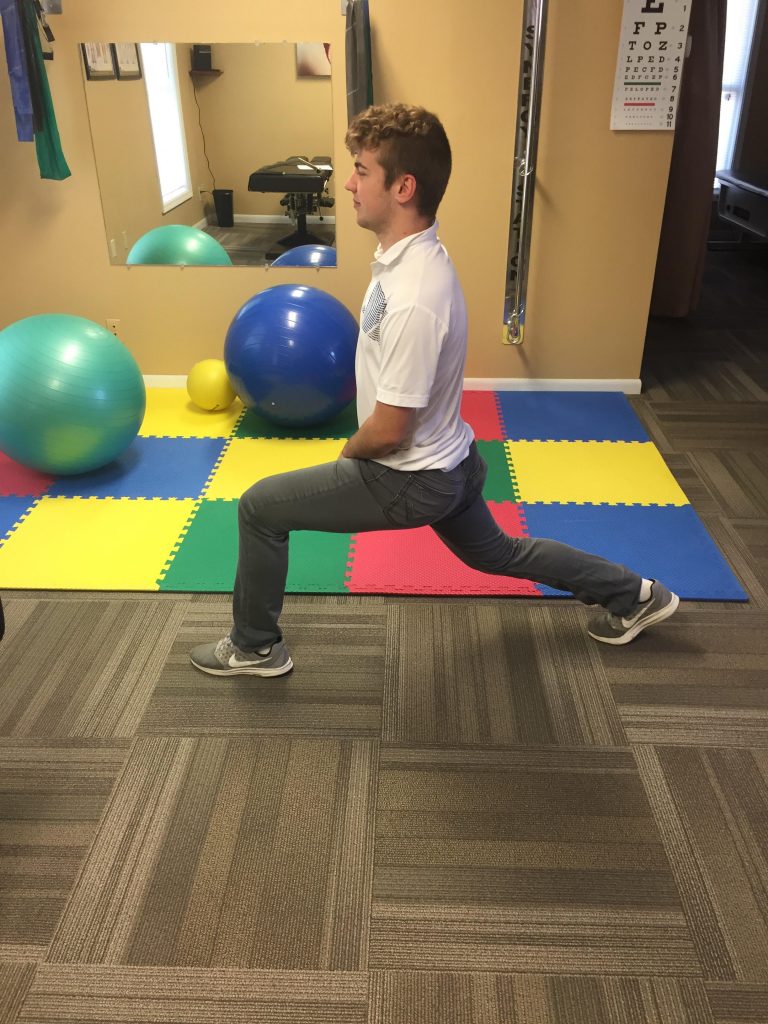Lower back pain is very common and knowing what is causing it can be tricky for the average person. Lower back pain can be caused by disc issues that we have discussed in previous blogs but sometimes it can be something like a strained muscle like a hip flexor. The hip flexor muscle group can cause lower back pain and/or anterior/groin hip pain. A Chiropractor may be able to provide some answers with proper examination and relief with chiropractic treatment. Let’s take a deeper look at the hip flexors.

Hip flexor muscles’ primary function is either flexing the hip by bringing the knee to the chest or stabilizing the trunk when bending forward. There are different muscles involved in the hip flexor muscle group but the illacus and psoas major muscles tend to contribute the most to lower back pain. They attach on the anterior side of the lumbar spine and at the ilium of the pelvis and then insert into the anterior femur. Other muscles like the pectineus, rectus femoris, and sartorius muscles can be involved as well. These muscles can contribute more to the anterior hip/groin symptoms. With prolonged episodes of sitting, muscles can shorten which leads to postural issues like anterior pelvic tilt and lumbar hyper lordosis. These postural changes can lead to lower crossed syndrome. It is characterized with overactivity/tightness in hip flexors and lumbar extensors and underactivity/weakness in central abdominal muscles and gluteus muscles.
How can we help?
In our office, the first step is a complete functional and structural examination of the region of pain which can include functional, postural, orthopedic and neurological tests along with a complete relevant medical history. Imaging is also sometimes needed but then together we formulate a plan for treatment. Treatment most likely will include chiropractic adjustments, but it may include therapeutic exercises for posture and core, soft tissue therapies for muscle tightness and some nutritional advice. A good example of a stretch we use regularly is the following:

A good and common stretch that can help to address hip flexor tightness is a modified hip flexor stretch or a lunge position. This is done from a standing position by taking one step forward and lowering yourself until your front knee is at a 90-degree angle. Your knee should not be behind your foot. You can alternate between your right and left foot, holding onto a chair or the wall for balance if needed. Hold the stretch for 15-30 seconds at a time, repeating 2-3 times. You should feel a stretch in the hip region of the leg that is in the back, not the bent knee leg.
If this sounds like something that you or a friend as dealt with in the past, feel free to contact Fletcher Chiropractic for any questions at 402.261.5766 or info@fletcherchirorpacticllc.com. You can also find more information on our website at www.fletcherchiropracticllc.com.
